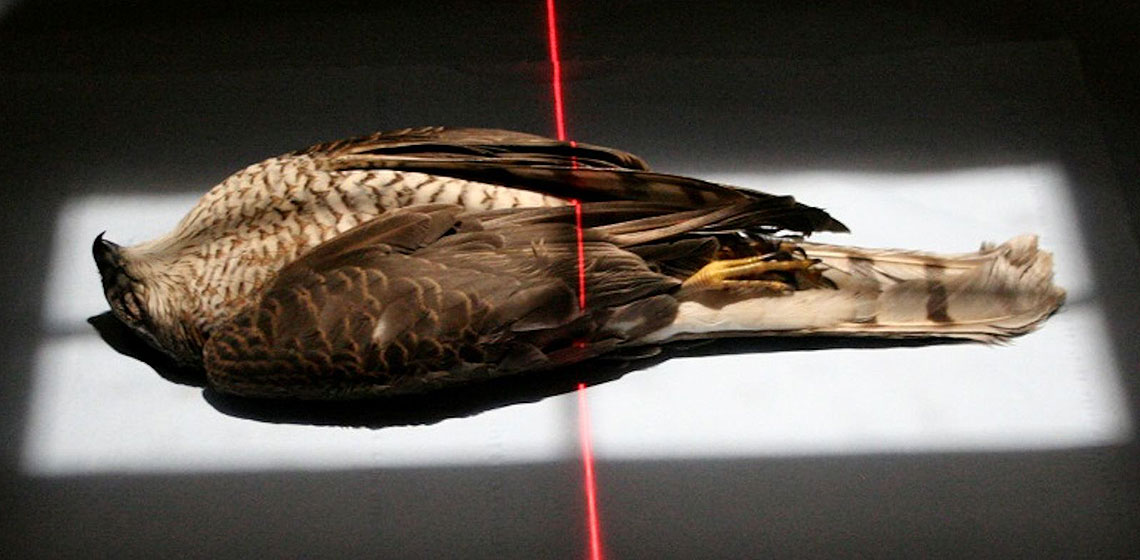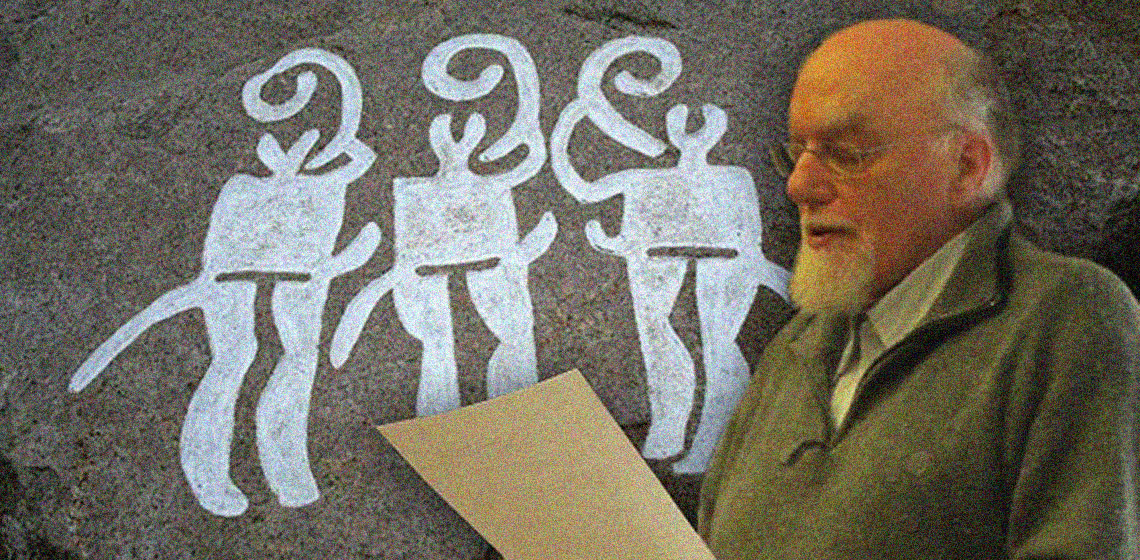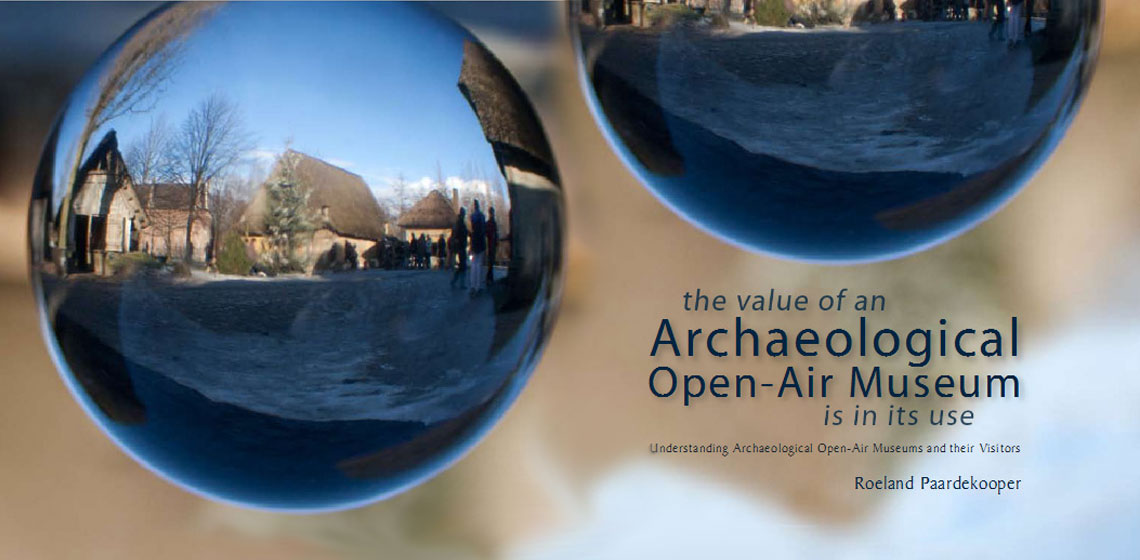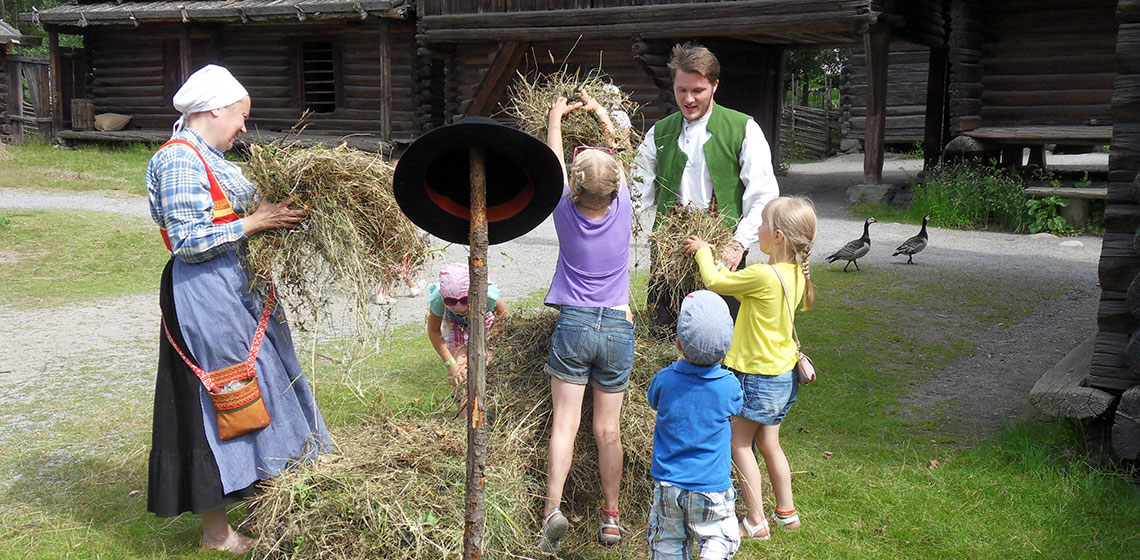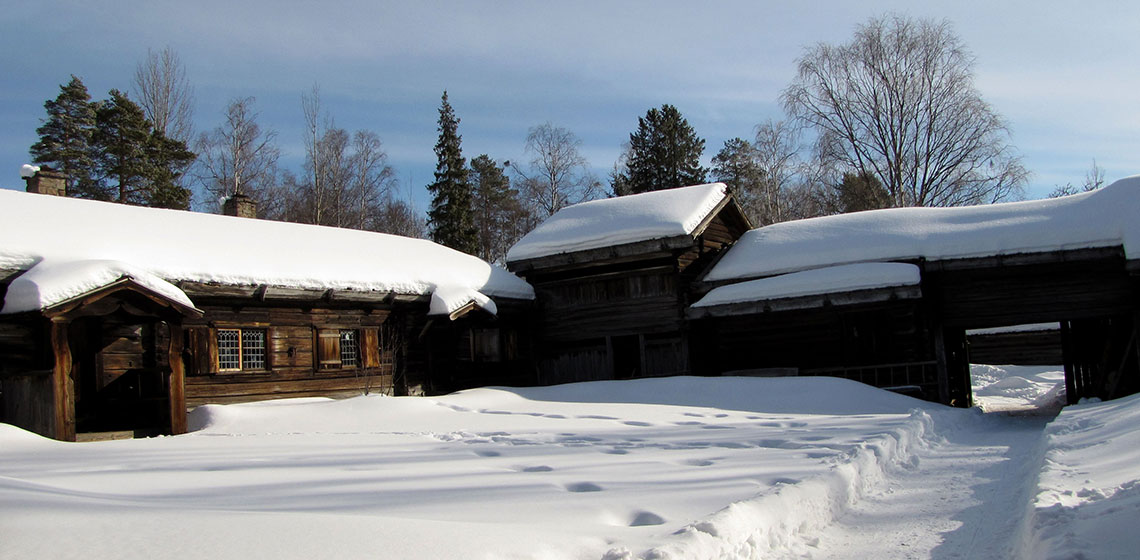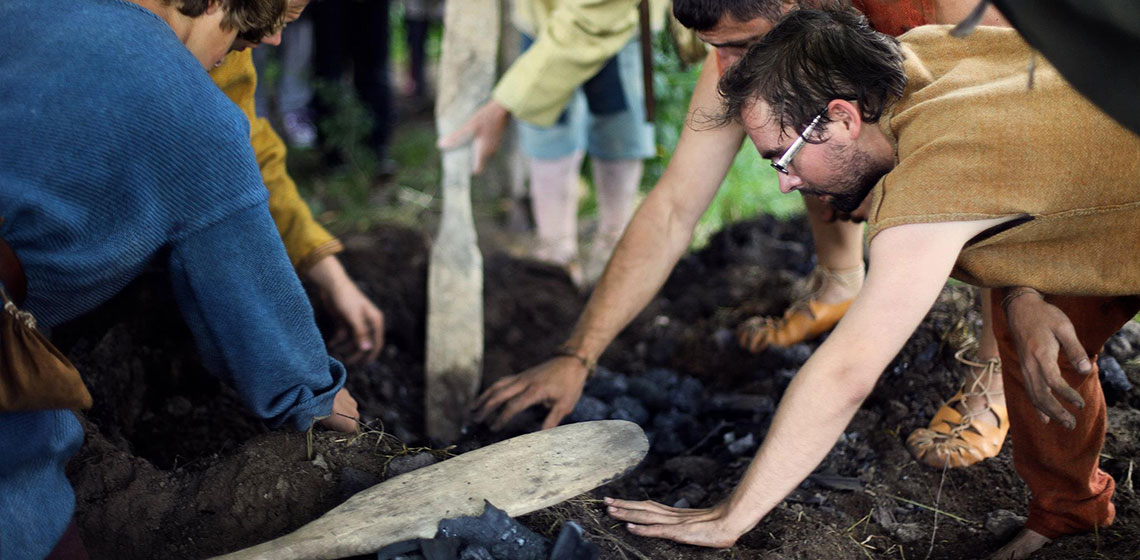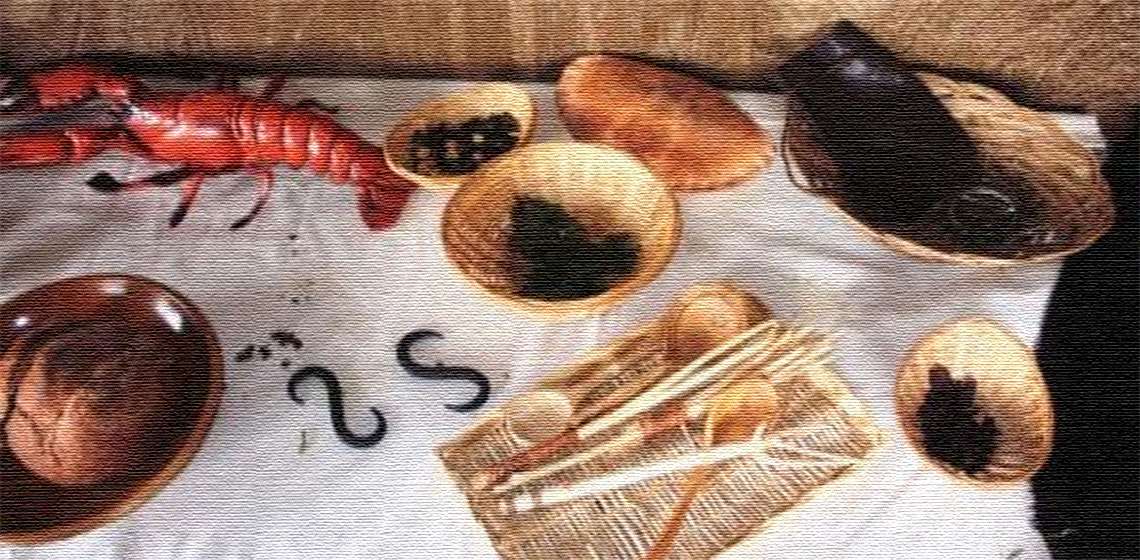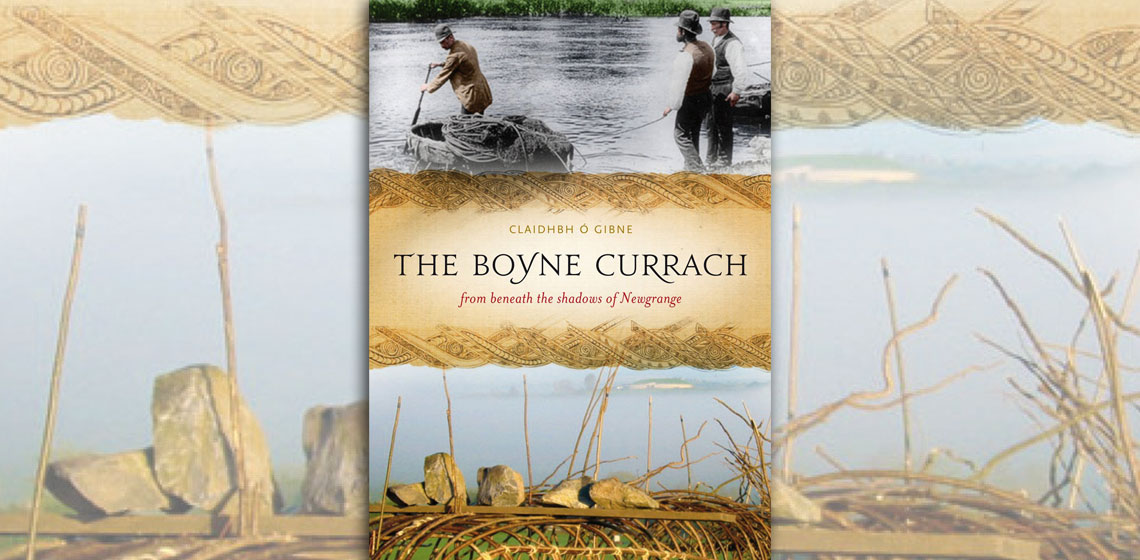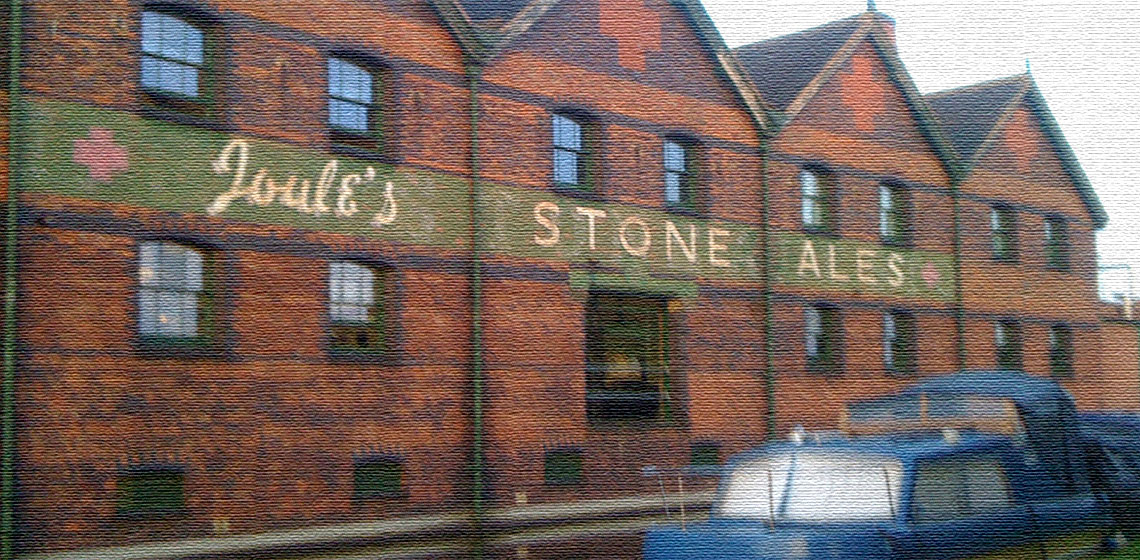Newest Era
The Mummification of Votive Birds: Past and Present
***A mummy is defined as a ‘well-preserved dead body’ (Cockburn, Cockburn & Reyman 1998, 1), achieved by either natural or anthropogenic methods and refers to both human and animal subjects. Mummies achieved through both these methods are found in ancient Egypt as a result of preservation through desiccation, achieved by direct contact between the corpse and a dry, sandy matrix (natural); or through the use of natron (anthropogenic), coupled with evisceration (the removal of the internal organs) and anointment with resinous compounds, followed by wrapping the corpse in layers of linen (Ikram and Dodson 1998; Taylor 2001).
“You could See it [the Past] in your Mind”: What Impact might Living History Performance Have on the Historical Consciousness of Young People?
Combining theoretical perspectives with two case studies carried out in 2008 with British students aged from 10-17 years old, this paper will explore how living history might contribute to the development of young people’s historical consciousness and help them to cope with the social and cultural differences which confront them when learning about the past. In particular, it will focus on the effectiveness of first- and third-person interpretation.
Conference Review: A Trip to the Birthplace of Experimental Archaeology
Book Review: The Value of an Archaeological Open-Air Museum is in its Use by Roeland Paardekooper
120 Years of Strategies and Experiences in Educational and Handicraft Skills
***One aim of the five year EU-funded Culture Project OpenArch is to encourage cooperation between archaeological open-air museums in Europe and ethnological open-air museums who have a long history of presenting and handicraft to the public in practical ways...
People Want Quality and They are Willing to Pay for it
I Know What you Did Last Summer
Discussion: Food - Reconstruction and the Public
Book Review: The Boyne Currach: from Beneath the Shadows of Newgrange By Claidhbh Ó Gibne
Claidhbh Ó Gibne has devoted himself to building traditional currachs and researching their history. His new volume, The Boyne Currach: From beneath the shadows of Newgrange, puts the currach in the context of the history of...
A Personal Experience in Communicating History: Tales From the River Trent
Saturday 1 September dawns gloriously, and is unseasonably sunny. Our fingers are crossed that this is the Indian Summer we'd been praying for all August since we intend to do a lot of walking in the next three weeks...

